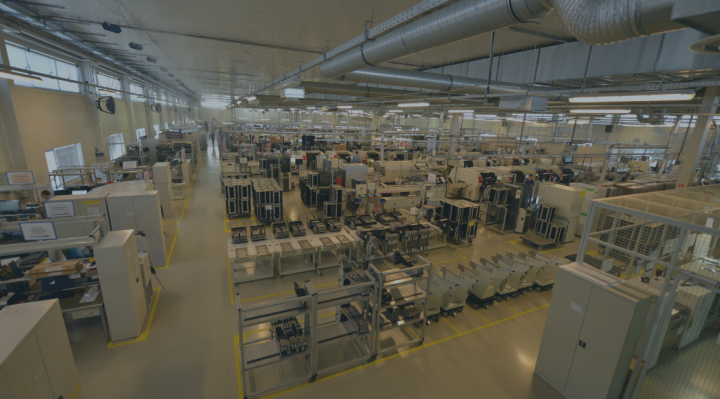Manufacturers of electronic equipment and components, as well as suppliers and importers who place products on the market, are required to comply with an increasing number of regulations related to safety, materials, processes and ecology. And all this out of concern for the environment and consumers.
OEMs are bound by two sets of regulations that govern the use of restricted materials – RoHS and REACH. They oblige manufacturers, importers and other entities in the supply chain not to use certain substances and to provide information on chemicals. The aim of these solutions is to protect human health, environment and safety of supplied products.
RoHS
The RoHS (Reduction of Hazardous Substances) directive was introduced by the EU in 2003. Its main objective is to increase production safety at every stage of the life cycle of electrical and electronic equipment by reduction of harmful effects of certain substances on humans and the environment.
Substances banned under RoHS include lead (Pb), mercury (Hg), cadmium (Cd), hexavalent chromium (CrVI), polybrominated biphenyls (PBB), polybrominated diphenyl ethers (PBDE) and phthalates (DEHP, BBP, DBP and DIBP).
Not only do the materials banned by RoHS pose a risk to the environment, but they are also hazardous to the workers involved in the production and disposal of electronic devices. Therefore, RoHS regulations have been adopted also by many non-EU countries.
REACH
The REACH (Registration, Evaluation, Authorisation And Restriction Of Chemicals) regulation also deals with the production and use of chemical substances and their potential effects on the environment and human health.
- Registration: manufacturers and importers of chemicals placing them on the EU and EEA market are required to register them and provide safety data concerning them.
- Assessment: member state experts assess safety data.
- Authorisation: chemicals of special concern are to be withdrawn from the market or replaced with safer alternatives.
- Restriction of chemicals: the use of certain chemicals may be banned or restricted.
REACH is monitored by scientific committees and ECHA bodies and now includes an extensive list of substances of very high concern (SVHCs). These substances can be carcinogenic, mutagenenic, or toxic to the reproductive system, as well as pesistent, bioaccumulative or toxic.
Differences between REACH and RoHS
The RoHS directive restricts the use of substances in electrical and electronic equipment (wiring, printed circuit boards, displays, components, cables), while the REACH regulation controls the use of all chemical substances that may be used to manufacture a product, including housing, components, coating, paint, solvent and substances used during production.
Substances covered by the RoHS restrictions are also on REACH lists of substances of concern, especially if they have been identified as carcinogenic, mutagenenic, or toxic to the reproductive system, pesistent, bioaccumulative or toxic.
Electronics assembly – benefits of RoHS and REACH
The primary benefits of compliance with RoHS and REACH for OEMs is a reduced number of incidents of heavy metal poisoning and higher product reliability.
It is important to remember that most electronic waste is transported to third-world countries where it is dismantled and disposed of. And most victims of lead and mercury poisoning are workers in these facilities.
For this reason, the RoHS directive requires the use of lead-free solders and components, which reduces the incidence of heavy metal poisoning among workers in recycling plants, and improves the health of those working in electronics assembly, as well as users of produced devices.
In an era of increasing environmental awareness, electronics manufacturers, as well as suppliers and importers, are required to provide information on chemicals used throughout the supply chain and carefully monitor products in order to ensure user and environmental safety.
ROHS and REACH are already in force in many countries, including the European Union, which are trying to eliminate harmful materials and chemicals from the production of devices, ensure product safety and minimise their impact on the environment, and the health of workers and users.
For this reason, when choosing partners which influence various stages of the electronics assembly process, it is better to choose companies that are able to properly manage electronic components, as well as the production process, and that take the environment and the application of ROHS and REACH seriously, as they will be able to support the OEM in complying with the legal requirements of assembled products. Therefore, when deciding to work with a particular contract EMS provider, it is worth looking at its environmental policy and ISO14001 certification.






